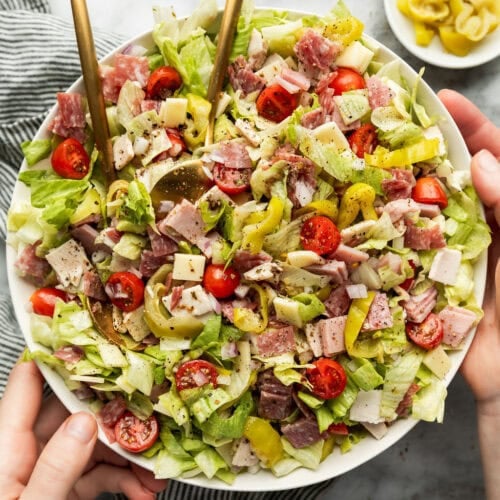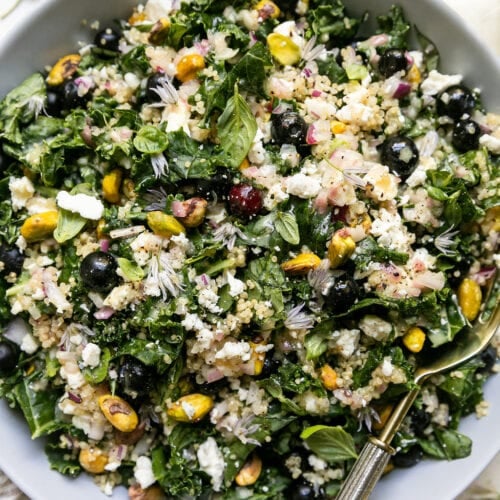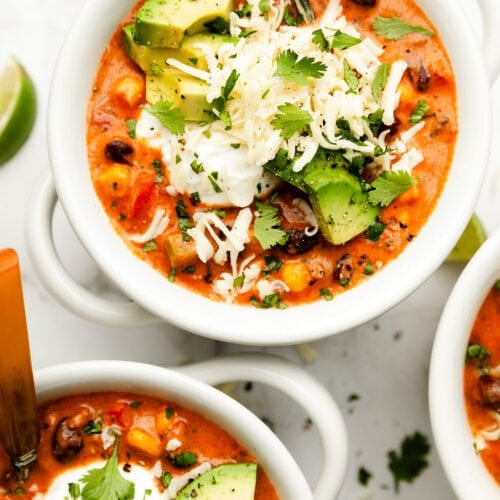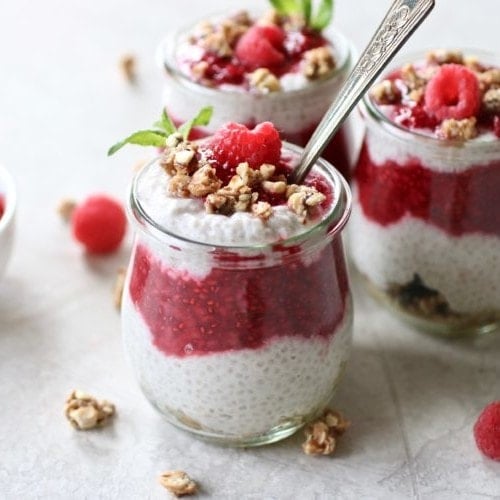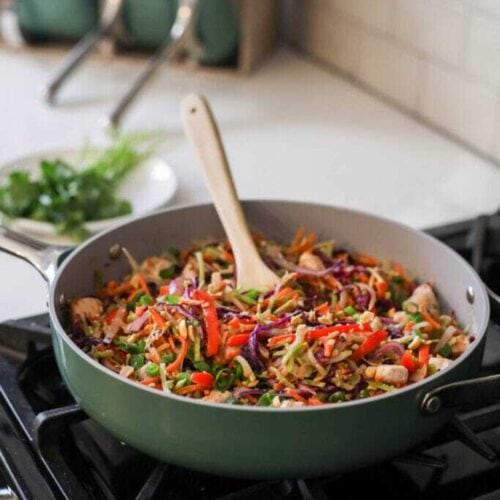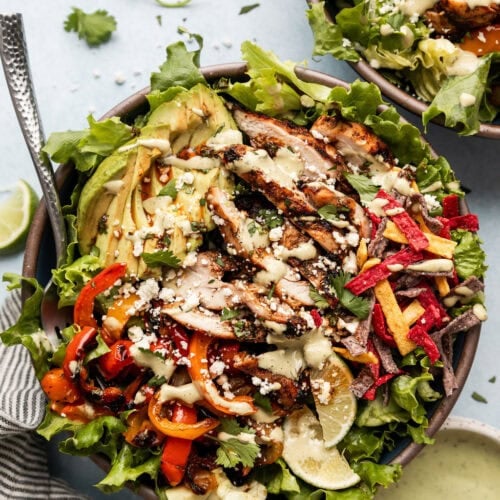An adult human body is about 60% water, so being and staying hydrated is extremely important for overall health. Adults need to get between 9 and 13 cups of water daily, which can come from both the fluids you drink and the foods you eat. But many people don’t meet their hydration needs. In fact, some experts say that as many as 3 out of every 4 people are dehydrated. Other studies put that number closer to 28% of adults, but state that dehydration is most common in athletes, children, hospital patients, and older adults.
Fortunately, downing bottles of plain water isn’t the only way to meet your hydration goals. Many foods are water-rich, and that water contributes to how much you get every day. Let’s take a look at the most hydrating foods in the world!
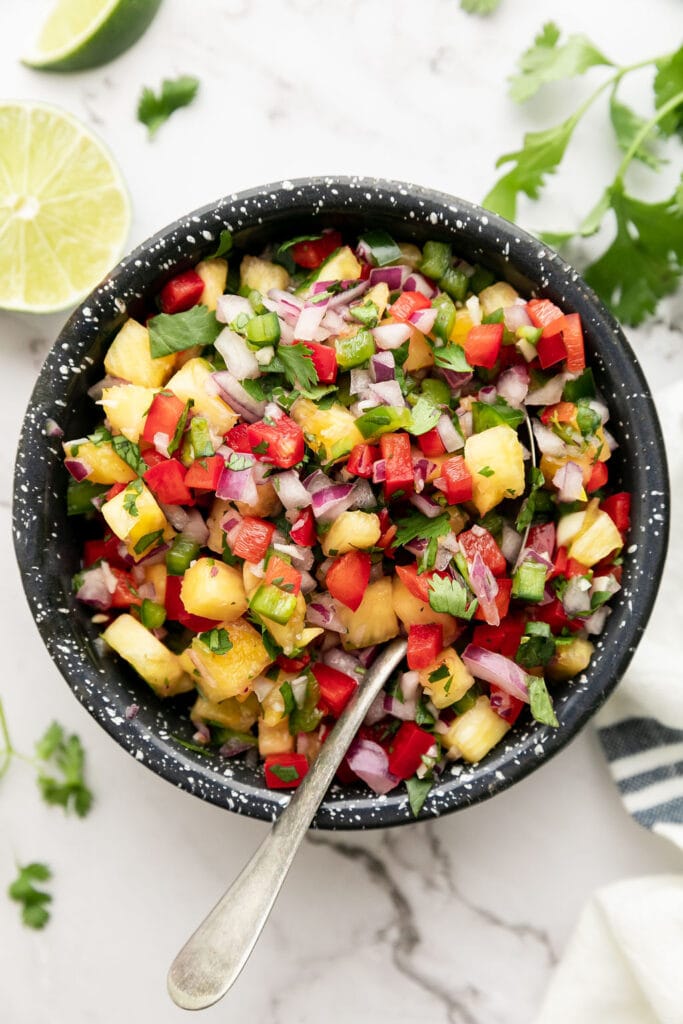
Want to save this page?
Enter your email below & we’ll send it straight to your inbox. Plus you’ll get great new recipes from us every week!
The Most Hydrating Foods
While the majority of your daily hydration will come in the form of water and other drinks, you can also get up to 20% of your fluids from the foods you eat. When it comes to a healthy fluid intake, it’s nice to know that you don’t need to rely on just drinking plenty of water and sports drinks.
Eating these water-rich foods not only helps with your hydration status, but these foods also come with the added benefit of essential nutrients, including fiber, vitamins, minerals, and electrolytes.
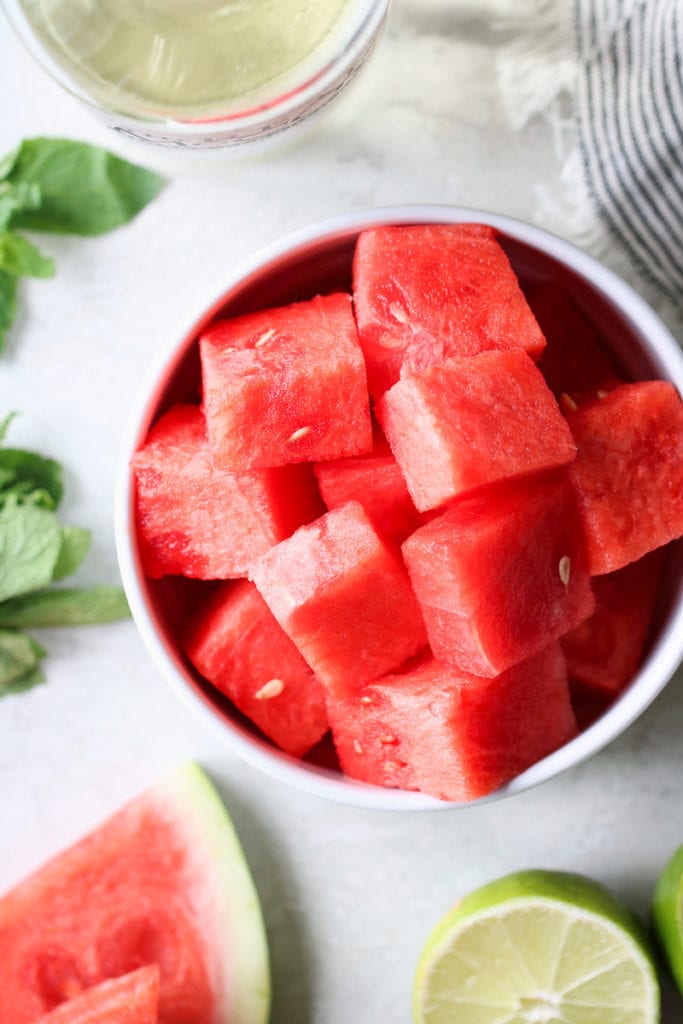
Fruits
Fresh fruits contain a lot of water, and here are the most hydrating fruits you can eat:
- Watermelon: 91% water + an excellent source of vitamin C and high in potassium
- Strawberries: 91% water + an excellent source of vitamin C and a good source of fiber
- Grapefruit: 91% water + an excellent source of vitamin C and a good source of potassium and fiber
- Cantaloupe: 90% water + a good source of vitamin A and high in beta-carotene
- Peaches: 88% water + high in vitamin A, vitamin C, and fiber
- Oranges: 87% water + high in vitamin C, potassium, and antioxidants
- Cranberries: raw cranberries are 87% water + high in vitamin C and fiber
- Raspberries: 86% water + the berry with the most fiber
- Apricots: 86% water + a good source of vitamin A and vitamin C
- Pineapple: 85% water + contains an enzyme, bromelain, that helps break down proteins and aids digestion
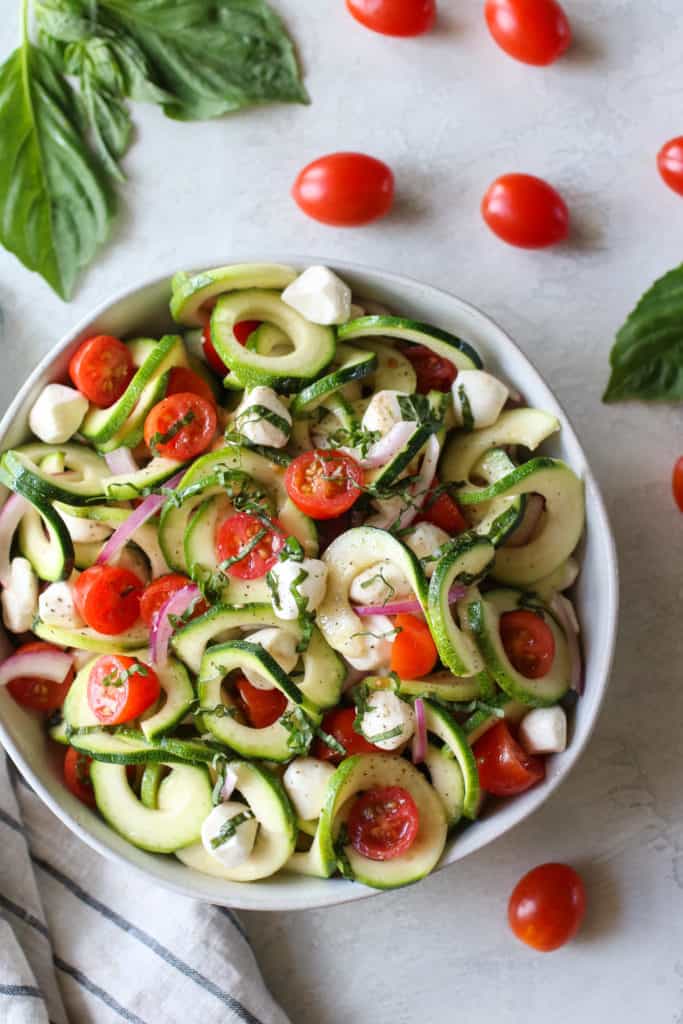
Vegetables
Both raw and cooked veggies can be hydrating, though raw cruciferous vegetables and leafy greens tend to have the most water. Stay hydrated by eating more of these:
- Cucumber: 97% water + a good source of potassium, an electrolyte mineral
- Iceberg lettuce: 96% water + high in fiber and vitamin K
- Celery: 95% water + an excellent source of fiber and high in folate and potassium
- Tomatoes: 95% water + high in fiber, potassium, vitamin A, and antioxidant lycopene
- Romaine lettuce: 93% water + a good source of vitamin C and vitamin K
- Zucchini: 93% water + a good source of vitamin A and essential minerals
- Bell peppers: 92% water + a good source of vitamin A and vitamin C
- Spinach: 91% water + a good source of magnesium, calcium, potassium, and vitamin K
- Kale: 89% water + an excellent source of vitamin A, vitamin C, vitamin K and high in fiber
- Broccoli: 89% water + high in fiber and plant-based iron
- Carrots: 88% water + high in beta carotene, potassium, folate, and fiber
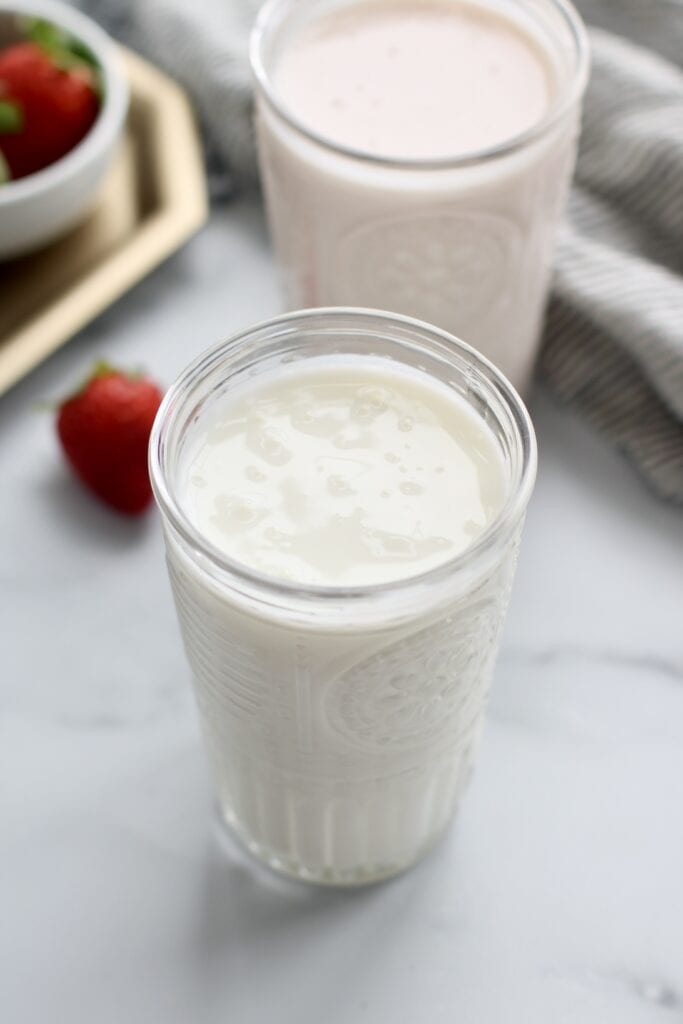
Dairy & Alternatives
When you really need hydration quickly, such as after a workout, many dietitians recommend drinking milk over water, since it’s a source of electrolytes in addition to water. Here are the most hydrating dairy foods:
- Milk: 91% water (skim milk), 89% water (2% milk), and 87% water (whole milk) + a good source of protein, calcium, and vitamin D
- Dairy-free milk alternatives: 98% water (almond milk), 90% water (soy milk), 90% water (oat milk) + often contains added calcium, vitamin D, and several B vitamins
- Milk kefir: 90% water + high in probiotics and calcium
- Yogurt: 88% water + a good source of protein and gut-friendly probiotics
- Cottage Cheese: 80% water + a good source of protein and probiotics, when it contains live cultures
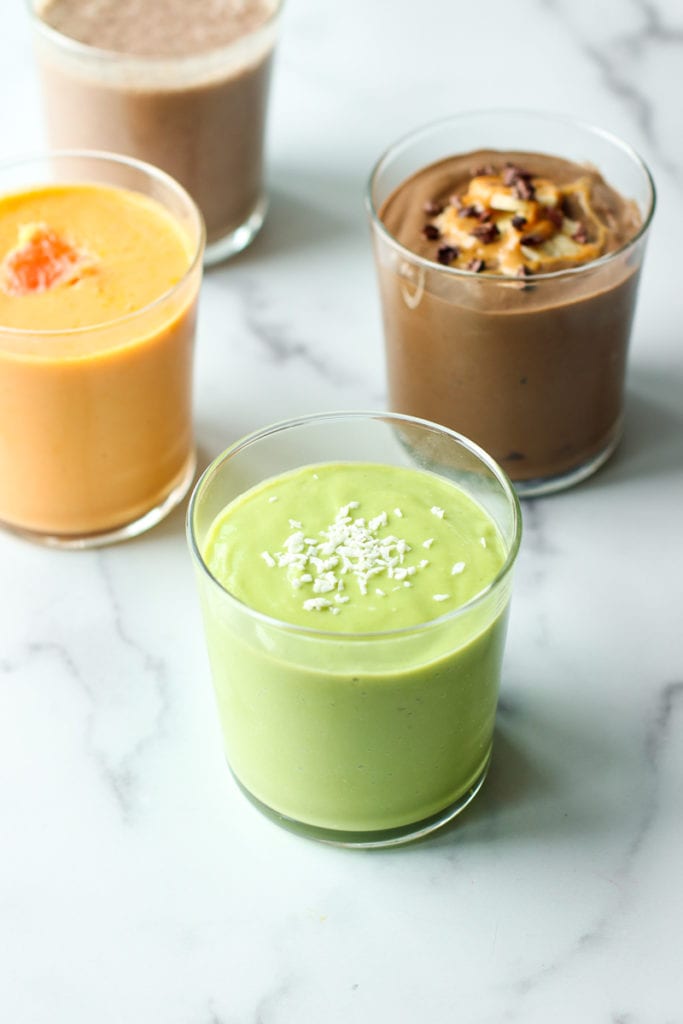
Smoothies & Shakes
Smoothies and shakes are another excellent option for getting hydration plus other important nutrients at the same time. They’re also quick to make, great for on-the-go options, and you can even add an electrolyte powder to up the hydration factor or a protein powder to make it more of a meal alternative. Here are some recipes to try:
- Banana Berry Smoothie
- DIY Frozen Smoothie Packs
- Strawberry Cheesecake Smoothie
- Sunrise Citrus Smoothie
- Margarita Green Smoothie
- Pumpkin Pie Protein Smoothie
- Mint Chocolate Chip Shake
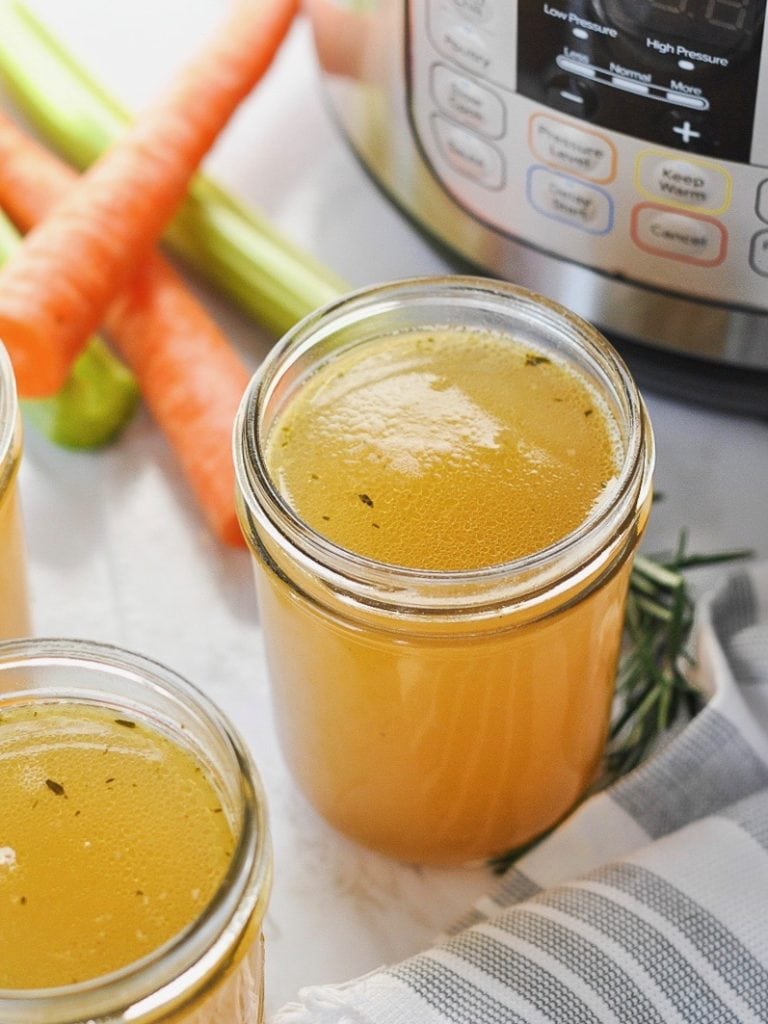
Soups & Broth
When you think of hydration, a warm meal may not come to mind. But soups and stews can be very hydrating because, in addition to liquids, they supply macronutrients and electrolytes. Here are some liquid-supplying soup and broth recipes:
- Instant Pot Bone Broth
- White Chicken Chili
- Healthy Hamburger Soup
- Vegetable Beef Soup
- Harvest Italian Soup
- Chicken Sweet Potato Curry
- Minestrone Soup
Signs of dehydration
Your body gives you clues when it hasn’t had enough water. Here are some common signs of dehydration:
- thirst
- dizziness or confusion
- fatigue
- dark yellow urine
- low urine amount
- dry mouth
- dry skin
- muscle cramps
- constipation
- low blood pressure
- bad breath
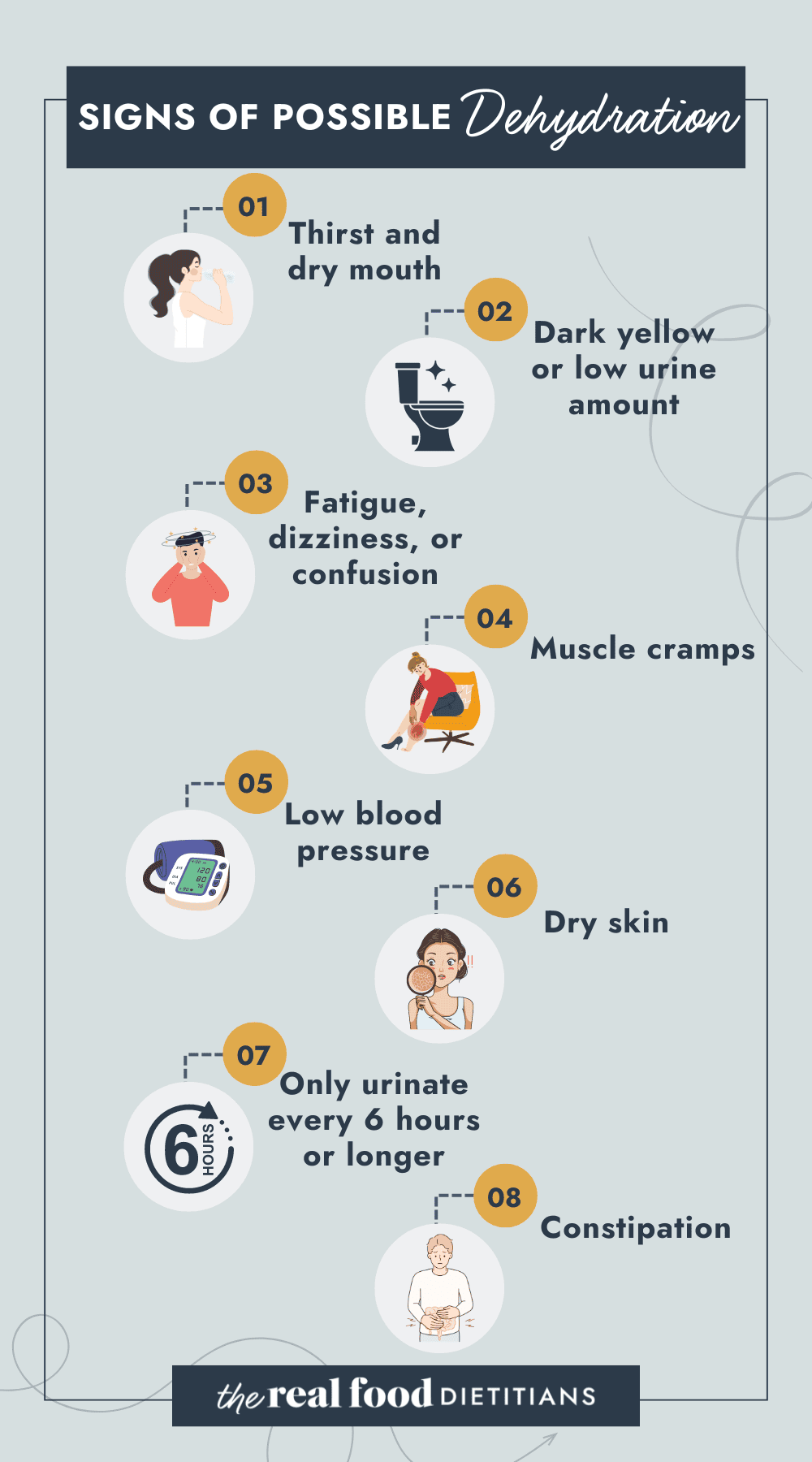
Other Hydration Tips For A Hot Summer
In addition to focusing on your hydration cues (frequent urination and urination that is light yellow to straw-colored) and eating water-rich foods, here are other tips for staying hydrated, especially when the weather gets hot:
- Limit alcohol intake and rehydrate after: Your body excretes water and electrolytes in response to alcohol, so it’s a good idea to abstain during really hot weather, or to alternate any alcohol-containing drink with a non-alcohol-containing drink and focus on rehydration the day after drinking alcohol
- Focus on drinking water between meals instead of during: People tend to drink more water when they set water goals for between meals (such as “I will drink 4 cups of water between breakfast and lunch) instead of relying on hydration only during meals. Drinking water between meals is also a good way to improve digestion.
- Make water more interesting: If you’re tired of downing glasses of water, sometimes a little flavor is all you need to improve this healthy habit. Try flavoring still or sparkling water with a squeeze of citrus fruit, some watermelon cubes, pieces of honeydew or musk melon, or cucumber slices.
- Hydrate before and during big sweat sessions: Whether it’s an outdoor band practice on a 95-degree day, training for a 5K, or sitting in a sauna, enter a potentially sweaty situation by drinking water before and during it.
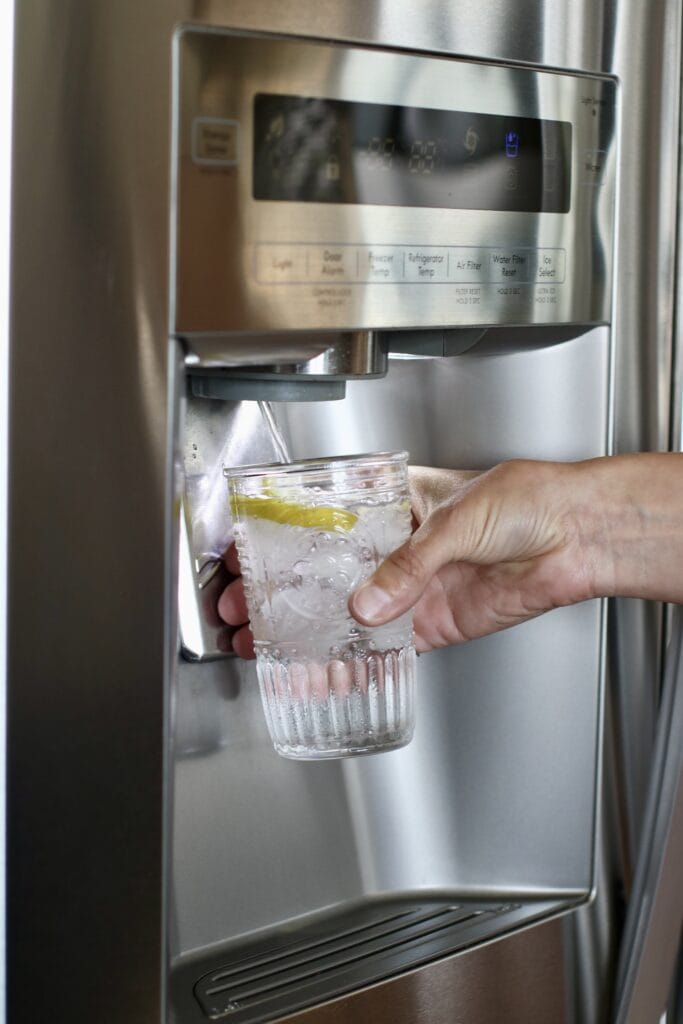
Frequently Asked Questions
Electrolytes are specific minerals that have a positive or negative charge after being dissolved in water or blood. They’re important for health and support your body’s ability to maintain homeostasis in many ways, from muscle function to your body’s pH levels.
If your diet contains a lot of high-water-content foods, then you can cut back on drinking plain water. That doesn’t mean you should stop drinking water or other fluids, but your daily water intake needs will be lower than the average adult if your diet contains a consistent and high intake of fresh vegetables, fruits, dairy foods, smoothies, soups, and other foods with high water content.
For ultimate success, we highly recommend reading the tips in the full blog post above. All photos and content are copyright protected. Please do not use our photos without prior written permission. If you wish to republish a recipe, please rewrite the recipe in your own unique words. Link back to the source recipe here on The Real Food Dietitians. Thank you!
